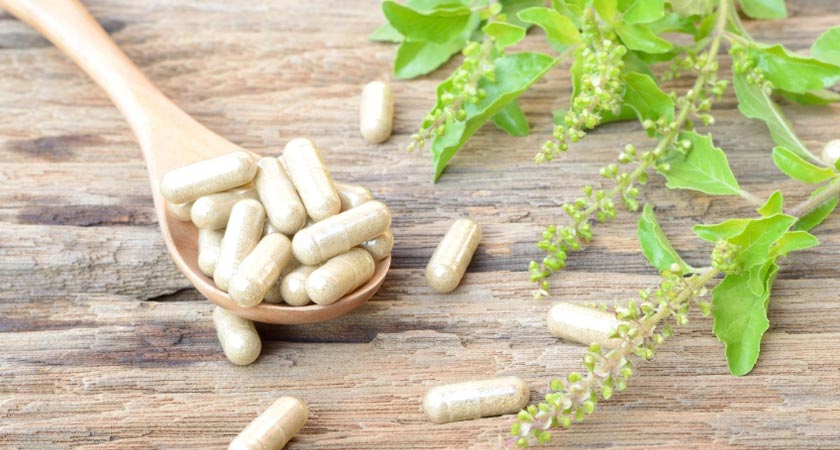Diabetes, in simple terms, is characterized as an overabundance of glucose in the blood. When one consumes food, the glucose levels rise. With rising glucose levels, the hormone insulin is discharged by the pancreas into your circulatory system.
When there is presence of insulin, it is the flag for your muscles, liver and fat cells to suck in glucose from the circulatory system and is stored away as glycogen, a principle source of energy for your body.
Nonetheless, diabetes happens when the pancreas neglects to deliver adequate measures of insulin and in light of the fact that diabetics need adequate insulin or are unresponsive to insulin, glucose levels stay high. In the event that diabetes is not supervised appropriately, it can prompt to inconveniences like strokes, heart attacks, blindness, impotence in men and pruritus (itching) and amputation of limbs.
Type 1 Diabetes Mellitus otherwise called adolescent diabetes or insulin-subordinate diabetes happens because of the immune system obliteration of the insulin delivering the cells of pancreas bringing about expanded blood and urine glucose levels. Increased thirst, frequent urination, weight and appetite reduction are the symptoms for this.
Type 2 Diabetes Mellitus also known as non-insulin-dependent diabetes or adult onset diabetes is described by lack and resistance of insulin. Notwithstanding, the reason for this is fundamentally established in lifestyle problems like sdedentary living, increasing stress, and an unhealthy eating regimen, and additionally genetics.
The symptoms of this type of diabetics are similar to Type 1’s and furthermore incorporate vision changes, fatigue, moderate healing from wounds and cuts, and changes in skin. Type 2 diabetes can be managed with appropriate eating routine, treatment and workout.
Ayurveda and diabetes
Prameha is the term coined for Diabetes in Ayurveda. Contrary to cutting edge science that partitions diabetes into two classes, Ayurveda further classifies diabetes or prameha into 20 sub-categories. These sub-categories depend on doshas with 4 divisions because of Vata, 10 sourced in Kapha dosha and 6 because of Pitta .
The primary and most regular sub-category is the one established in Kapha dosha. Prameha, if left untreated prompts to Diabetes Mellitus (Type 2) or Madhumeha. As per Ayurveda, the essential driver of Madhumeha and Prameha are an undesirable eating regimen that irritates the Kapha dosha, absence of workout, stress and excessive sleep. Ayurveda additionally says that other than the indications said before, one ought to also pay special attention to , dryness of mouth, burning of soles and palms, and a sugary taste in the mouth.
In Ayurveda, Madhumeha and Prameha are partitioned into 20 sub-classifications in light of the doshas. The three principle divisions are the Pittaja, Vataja and Kaphaja. Diabetic patients will experience the following symptoms if they are indeed suffering from diabetics :
Pittaja: torment in testicles, Pain in the urinary tract and bladder, fever, blazing sensation, acidity, thirst, loose motion, giddiness and lack of sleep.
Vataja: sleeping disorder, tremors, cough, trouble in breathing, wasting away and constipation.
Kaphaja: loss of hunger, indigestion, excessive sleep, vomiting tendency and cold with running nose.
Diabetic Diet Routine
Ayurvedic practitioners use a multi-pronged approach to deal with diabetes. Ayurveda, as well, suggests a way of life cures that incorporate restricting nourishments that are high in starches and sugar, eating lesser portion as the day progresses, eating an assortment of whole grain sustenances, complex sugars and vegetables consistently, utilizing less salt and less fat. Moreover, it is essential to abstain from smoking, limit consumption of liquor, rest enough, check glucose levels occasionally, check weight intermittently and keep up perfect body weight.
In an ideal world, your sustenance extent ought to be 10% sugars, 30% protein and 60% vegetables, with 30 minutes of gentle exercise, for example, strolling. The eating routine ought to be a Kapha-placating diet and ought to incorporate protein-rich sustenance like lentils like chickpea and soya bean items, masoor, moong, and vegetables like verdant greens, spinach, , turai, bottle gourd, wind gourd, bhopla (white pumpkin), sharp gourd and, oats like ragi, green millet, corn, grain and horse gram.
Consumption of protein ought to, be that as it may, be constrained as it can cause the kidney to strain. Likewise, reduce the admission of fat as the inadequacy of pancreatic chemicals makes absorption of fat troublesome. A diabetic ought to abstain from eating rice, sweet fruits, potato, wheat, white flour, sago and red meat. He/she ought to maintain a strategic distance from juices of sweet fruits, sugar, jaggery, and sugar stick. As far as fruits are concerned, lemons and oranges are great.
Herbs
Homegrown cures, if taken effectively, powerfully affect your body yet ought to be utilized under the care and direction of an Ayurvedic expert only. These incorporate Jambhul (Eugenia jambolana) powder from jamun center, Amalaki, Guggul, Shilajit, Triphala, Bel (Aegle marmelos) and Gurmar (Gymnema Sylvestre). These herbs mostly target high glucose levels and adjust the same. Indeed, a few herbs like licorice and stevia, are likewise utilized as a substitute of sugar.
Treatment
Ayurveda prescribes the Panchakarma as a purifying treatment program other than homegrown pharmaceutical. The Panchakarma begins with a home grown back rub and a natural steam sauna followed closely by dieting to cleanse the body. This is trailed by a homegrown cleanse for the pancreas, liver, and spleen and this is further trailed by colon treatment which purges the stomach related tract and reconstitutes the body.
Shodhana and Snehana are furthermore the fundamental treatment strategies which are utilized subject to the kind of body and condition of the patient. The Shamana therapy is provided after the previously discussed medicines and uses a mix of prescriptions which are homegrown.
Exercise
An important way to manage diabetes is the everyday practice. Yoga is invaluable, especially asanas like Halasana, Paschimottanasan, Vajrasana and Pranayama.
Nambiaparambil Ayurveda Panjakarma Hospital, the best ayurvedic treatment for diabetes in Kerala and India, ensures that you will be taken care of with utmost guidance and diligence.
